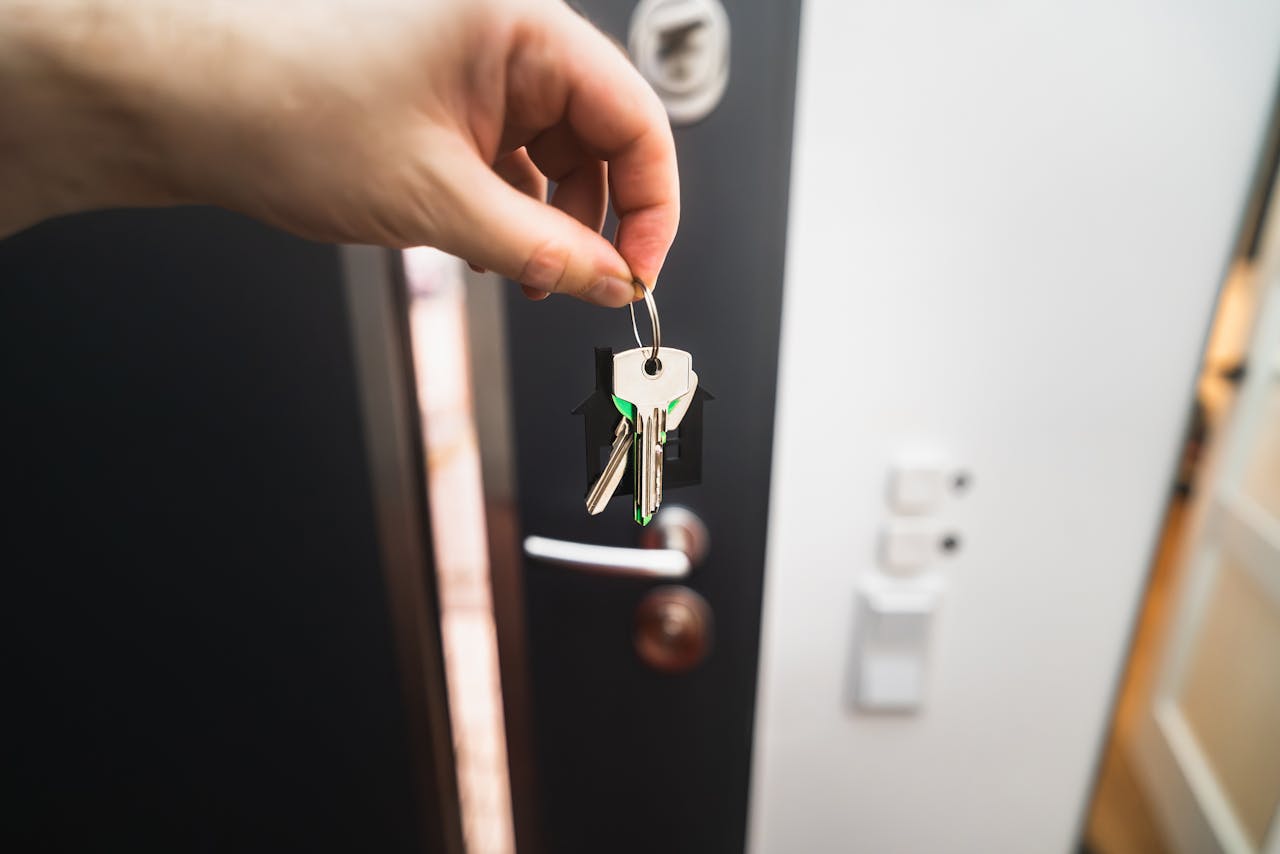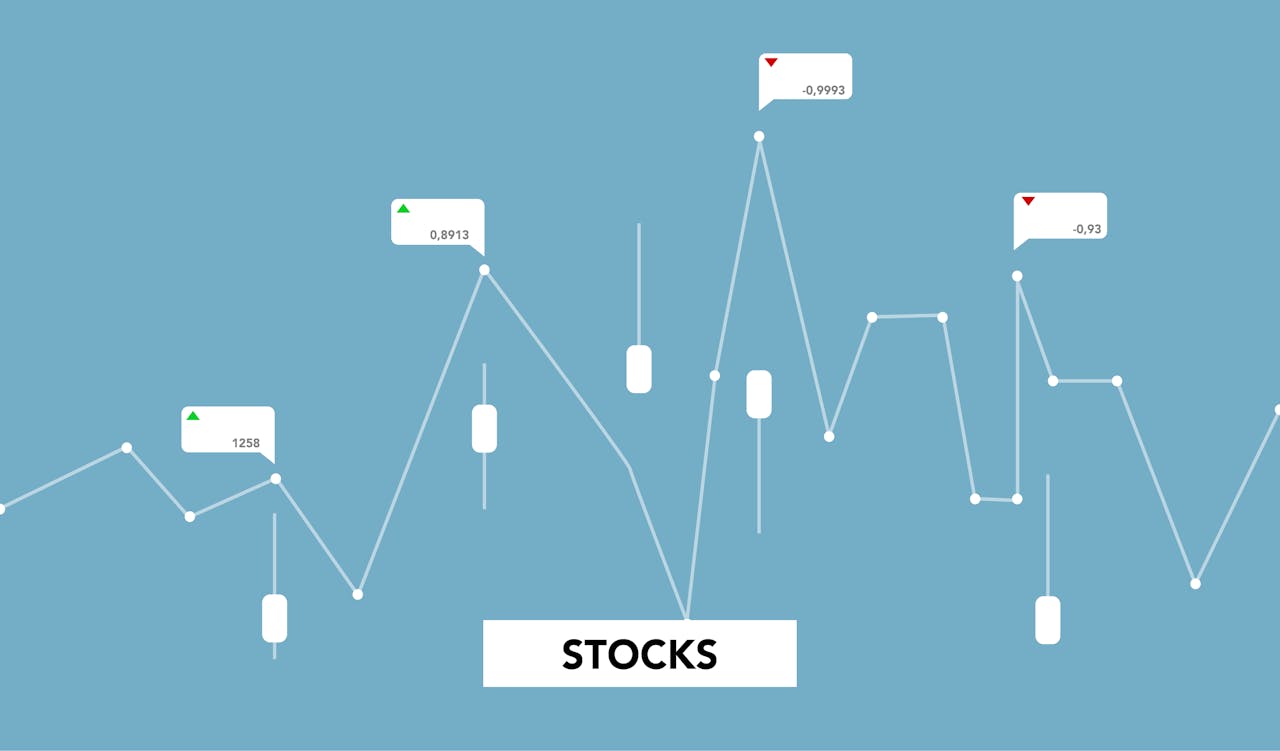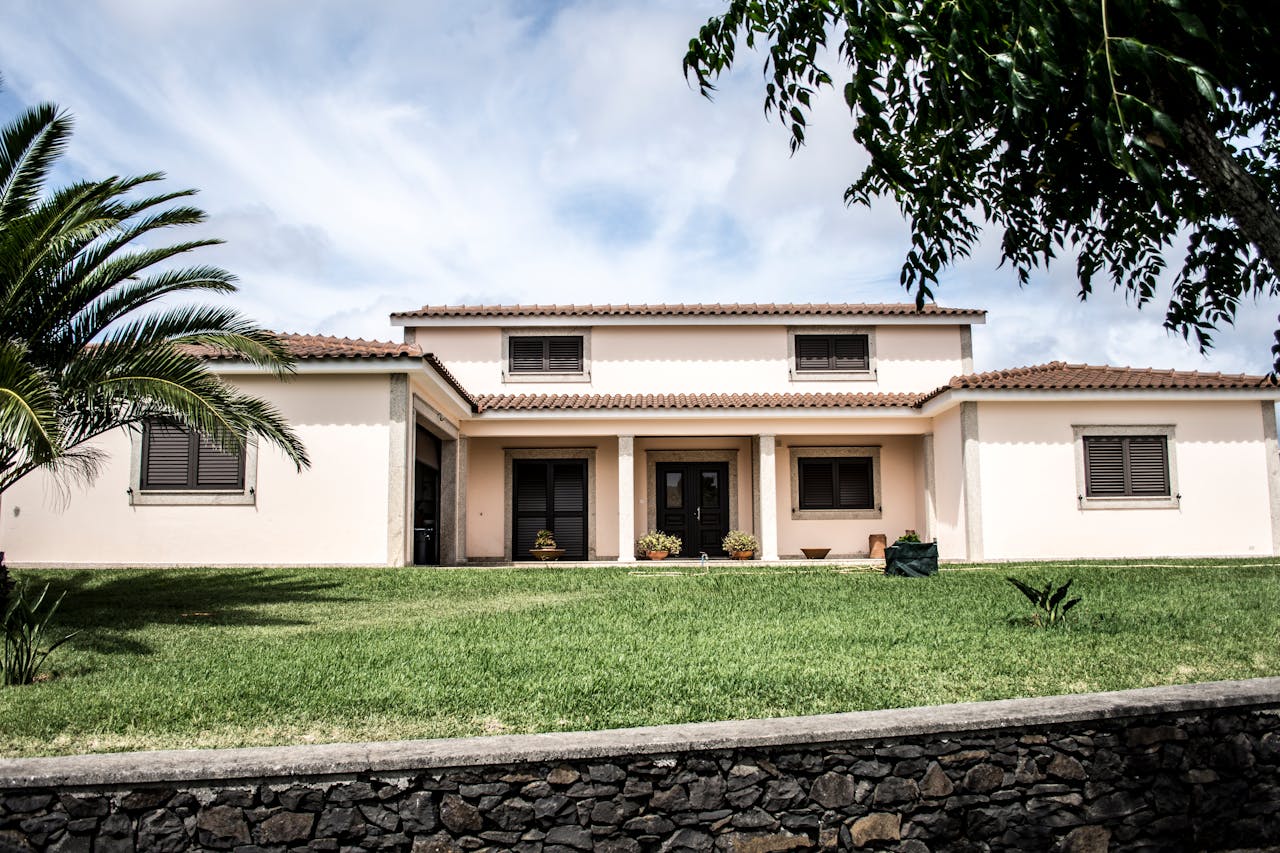Sustainability is no longer just a buzzword; it’s a global movement affecting various industries, including real estate. As environmental concerns grow, there is an increasing emphasis on sustainable real estate investments. Investors are becoming more aware of the long-term benefits of integrating sustainability into property development and management. This shift not only helps protect the planet but also offers a stable and profitable avenue for financial growth. In this article, we will explore the importance of sustainable real estate investments, the factors driving this trend, and how they can benefit both investors and the environment.
The Growing Demand for Sustainable Real Estate
Over the past decade, there has been a marked increase in demand for sustainable properties. This demand is primarily driven by the rising awareness of climate change, resource depletion, and the environmental impact of traditional construction methods. Investors are no longer focused solely on immediate returns; they are now considering the long-term impact of their investments. Sustainable properties, often referred to as green buildings, are designed with eco-friendly features like energy-efficient systems, sustainable materials, and reduced carbon footprints.
Additionally, the younger generation of buyers and renters is more environmentally conscious, preferring properties that align with their values. As such, these properties tend to retain value better over time, offering significant appreciation potential.
Key Benefits of Sustainable Real Estate Investments
Environmental Impact
One of the main reasons why sustainable real estate is gaining traction is its positive environmental impact. Buildings contribute to a substantial portion of global energy consumption and carbon emissions. By incorporating renewable energy sources, efficient waste management systems, and eco-friendly materials, sustainable real estate can significantly reduce these negative effects. Solar panels, green roofs, and energy-efficient insulation are just a few examples of how properties can contribute to a healthier planet.
Financial Performance
Sustainable properties tend to offer better long-term financial returns compared to traditional investments. Though the initial costs for building sustainable properties may be higher, the ongoing operational costs are lower due to energy savings and reduced maintenance needs. Furthermore, as energy efficiency becomes a higher priority for tenants, demand for green buildings increases, leading to higher occupancy rates and rental yields.
Investors are also able to capitalize on government incentives and tax rebates offered to those who invest in sustainable development projects. These financial benefits help offset the initial investment costs, enhancing the overall return on investment (ROI).
Regulatory Advantages
Government regulations are becoming stricter regarding environmental sustainability, particularly in urban areas. Many cities have implemented energy efficiency standards for buildings, and developers are often required to meet specific sustainability criteria. As a result, properties that are already designed to meet these regulations have a competitive edge over those that do not.
In some regions, local authorities offer financial incentives such as tax breaks or subsidies for sustainable development projects. This not only reduces upfront costs but also encourages further investment in green technologies.
Factors Driving the Shift Toward Sustainability
Several factors are influencing the growing trend of sustainable real estate investments. These include technological advancements, increased consumer demand for eco-friendly living, and shifting attitudes toward corporate social responsibility (CSR).
Technological Advancements
Advances in technology have made it easier and more affordable to incorporate sustainable features into real estate. Smart home technologies, such as programmable thermostats and energy-efficient lighting, are now commonplace. These innovations help reduce energy consumption and enhance the comfort of tenants, all while lowering operational costs for property owners.
Additionally, green construction materials are becoming more accessible. Materials such as recycled steel, sustainable timber, and low-VOC paints help minimize environmental damage while maintaining the integrity and durability of the property.
Consumer Preferences
The growing awareness of environmental issues has led to significant shifts in consumer preferences. People are more likely to rent or buy properties that align with their values, including environmental sustainability. Research has shown that tenants are willing to pay a premium for sustainable features such as energy-efficient appliances, water-saving fixtures, and green certifications like LEED (Leadership in Energy and Environmental Design).
This shift in consumer behavior is not only limited to residential properties. Businesses are also increasingly seeking office spaces that offer sustainable features to reduce their carbon footprints and enhance employee well-being.
Corporate Social Responsibility (CSR)
Many companies today are embracing CSR initiatives as part of their brand identity. Investors are looking for ways to align their financial goals with their personal values, and sustainability in real estate presents an opportunity to do just that. By investing in eco-friendly buildings, they contribute to a more sustainable world while also meeting the growing demand for socially responsible investments.
How to Start Investing in Sustainable Real Estate
Assessing the Market
Before diving into sustainable real estate investments, it’s crucial to assess the market and identify areas where sustainable properties are in demand. Urban centers with strong environmental policies and an eco-conscious population tend to be the best places to invest. It’s also important to research the long-term value trends of these properties to ensure a profitable return on investment.
Certifications and Standards
When evaluating a potential investment, look for certifications such as LEED, BREEAM (Building Research Establishment Environmental Assessment Method), or Energy Star. These certifications guarantee that the property meets specific environmental performance standards. Properties with such certifications often command higher rental rates and tend to attract more tenants.
Building Partnerships
For investors new to sustainable real estate, building partnerships with experienced developers and property managers can be a wise move. These professionals have the expertise to navigate the complexities of green building standards and ensure that investments are both environmentally and financially sound.
Challenges and Considerations
Despite the many benefits, sustainable real estate investments do come with their own set of challenges. High initial costs, for example, can be a barrier for some investors. Green building materials and energy-efficient technologies can be expensive, though these costs can be recouped over time through reduced operating expenses.
Additionally, there may be a lack of market knowledge or access to sustainable properties in certain regions. Investors must carefully evaluate the local market and ensure that the demand for eco-friendly real estate is sufficient to justify the investment.
Conclusion
Sustainable real estate investments are reshaping the property market, offering investors a profitable, environmentally conscious alternative to traditional real estate. By prioritizing energy-efficient buildings, renewable energy sources, and green construction materials, these investments contribute to a healthier planet and provide long-term financial benefits. As demand for sustainable properties continues to grow, early adoption can position investors for success in a rapidly changing market. Through careful research, certification standards, and strategic partnerships, investors can enter the world of sustainable real estate with confidence and contribute to a greener future.
Ultimately, sustainable real estate investments represent a forward-thinking approach that balances economic, environmental, and social needs. By embracing this shift, investors not only reap financial rewards but also play a crucial role in fostering a more sustainable, eco-friendly world for future generations.
Check out our Facebook or X accounts.
For more topics check here.



